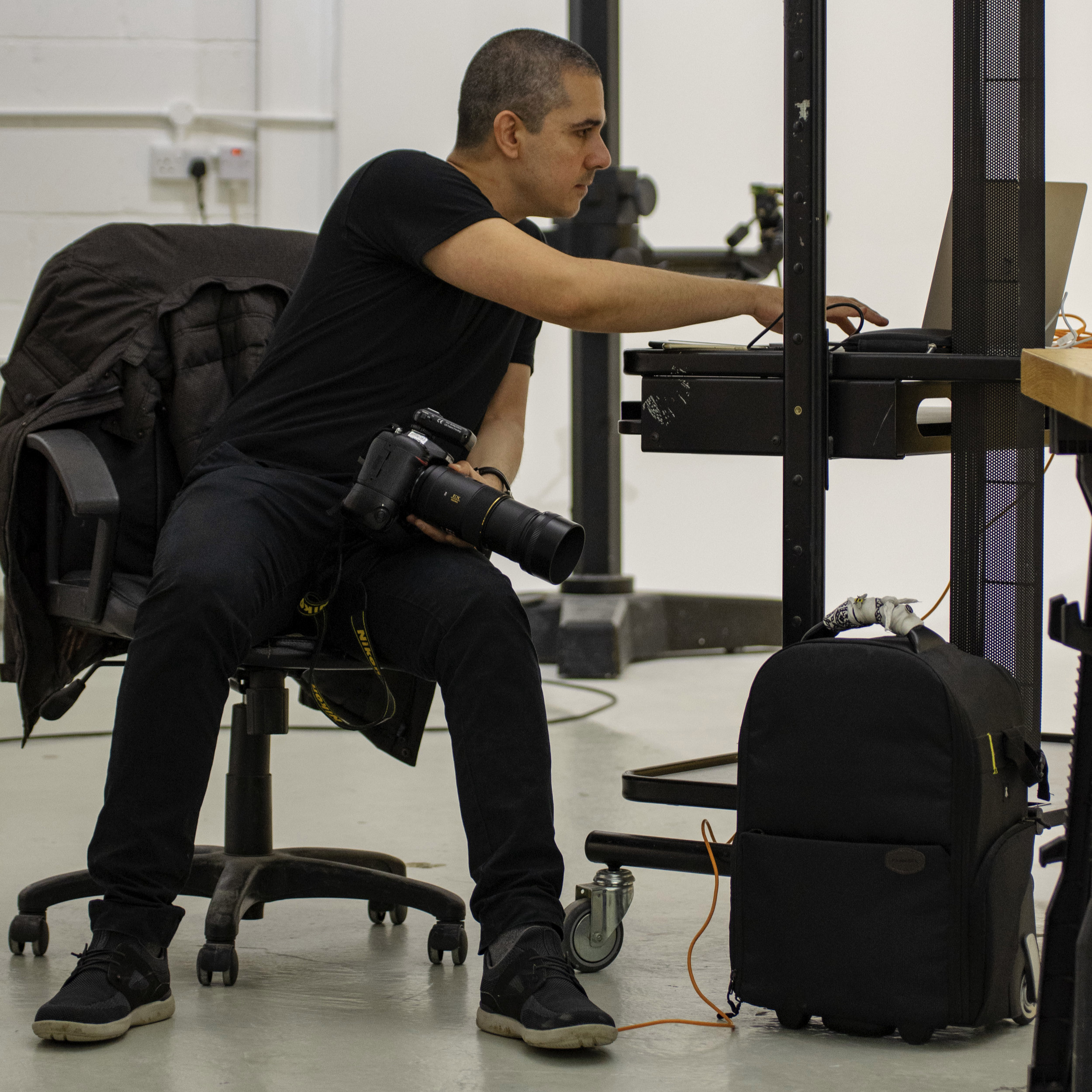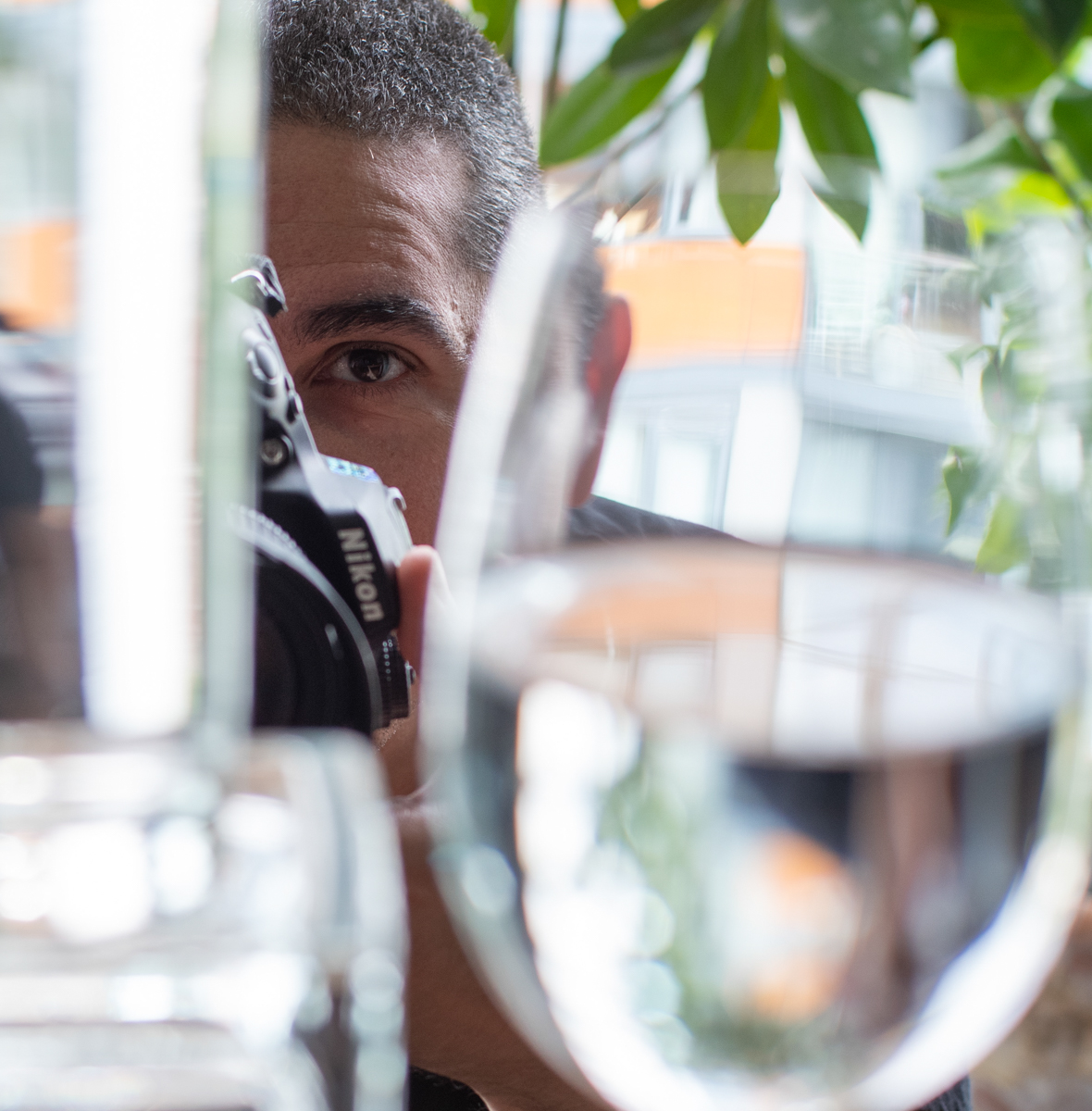This post is also available in audio form:
For any creator who has a social-conscious, the times that we are living present an interesting conundrum. Why create something, be it physical or digital, and bring new things into the world when the problem with the environment is that the planet is already overflowed with things? My friend Aksha and I were discussing this a few days ago and we both concluded that for creatives who care about the planet the problem is at the core of our practice. How to contribute to one without affecting the other? How to successfully be a business, an artist and a human being without ruining the world?
The first time that I had a conversation about these questions was with my friend Almudena Romero, a visual artist working with a wide range of photographic processes to reflect on issues relating to identity, representation and ideology. In her work, she uses plants to reflect on the idea of using photography to leave a legacy in the current context of permanent crisis (environmental, social, economic, political and now sanitary too). Her plant-based photographs grow, develop and disappear in a constantly evolving state that questions the spaces and forms where photography exists.
I asked Almudena for advice on which archival medium to use for one of my projects, and she made me reflect on what my legacy really is. In an oversaturated planet, do I want my legacy to be an archival long-lasting collectable artwork that adds up to the pile of objects that already pollute the planet or do I want to be remembered for my contributions to the world as an artist? The answer to that question could easily lie on her ephemeral art pieces.
I presented this problem to Zula Rabikowska in a recent conversation. Zula is a documentary photographer exploring national identity, displacement and belonging. Since the pandemic started, she has been experimenting with developing film photography by only using household products from her kitchen, such as coffee, turning her darkroom into an organic and environmentally friendly practice. Zula suggested reading about Ira Lombardia, a photographer who decided not to take images for three years until she could find an answer to the same conundrum.
My mere existence and my practice have negative impacts on the world. If I use analogue photography, even if I work in a sustainable darkroom, the image is captured on a plastic film strip. If I used digital photography, the image is saved as a file that lives on thousands of server farms that are consuming massive amounts of resources around the planet. If I write on my blog, I force you as a reader to access it in one of your devices that are probably produced by a brand with a planned-obsolescence strategy and that use up all the technological resources that are one of the main parts of the problem.
I am aware that by writing this I'm not presenting an answer but rather highlighting a problem. Maybe there is no answer, but it would be interesting to hear from others their thoughts around this issue. How can I be a visual artist and pay my bills while at the same time improving the world and not contributing to damaging the environment?
The solution to the conundrum might be something that in the present we might consider ridiculous. Such as the concept of de-growth proposed by the likes of Jason Hickel. But ideas are only ridiculous until they work. Think of all the things that in the past were considered laughable and today are an everyday occurrence.
So, in the spirit of brainstorming laughable ideas: is there a way to create visual art that doesn't have a physical form or support? Something that is ephemeral, that doesn't last beyond the instant when it is experienced by the viewer and that doesn't contribute to bringing more stuff into the world. Any ideas? Or have you got any ridiculous ideas of your own? I would love to hear your thoughts.
Do you like what you just read? Subscribe to my weekly blog posts here! You may subscribe to the audio version wherever you get your podcasts.
HELP ME PRODUCE MORE LIKE THIS
Patreon is a platform that enables me to offer you the content that you enjoy. Consider becoming a patron by clicking here. For less than the price of a cup of coffee a month you can support this blog and learn how I create my work. Also, 6% of my patrons' support goes to a different charity each month!











